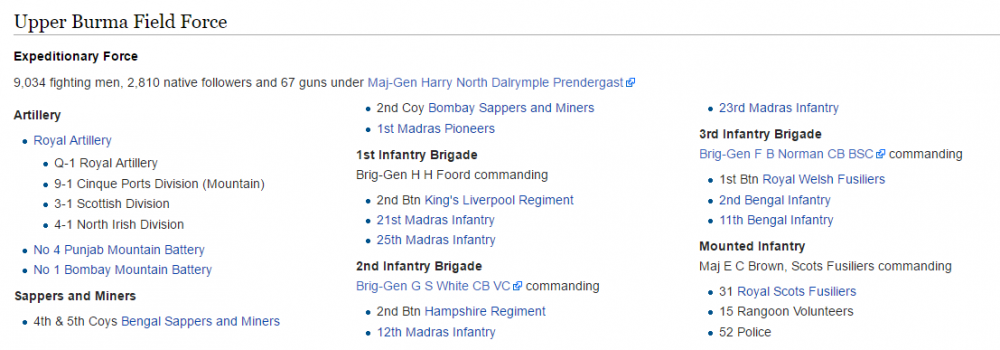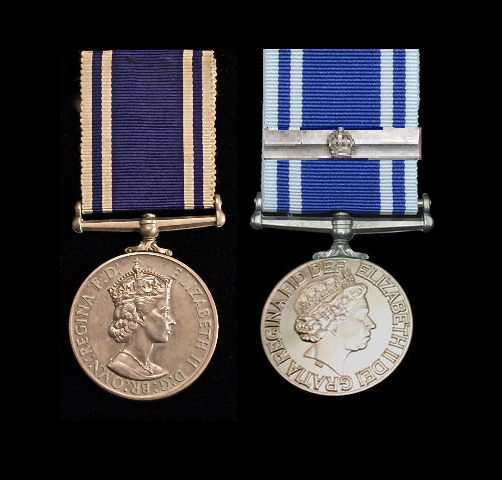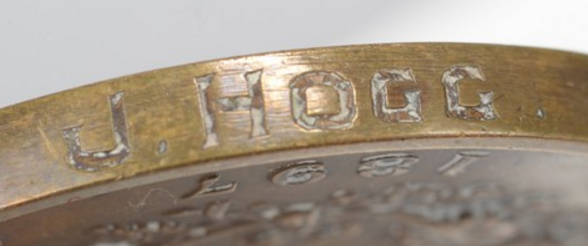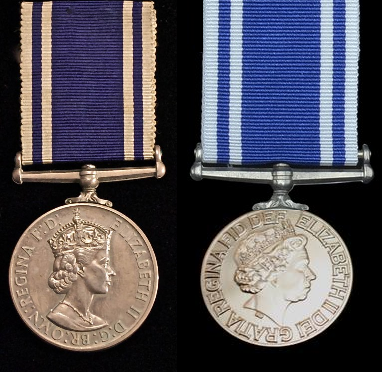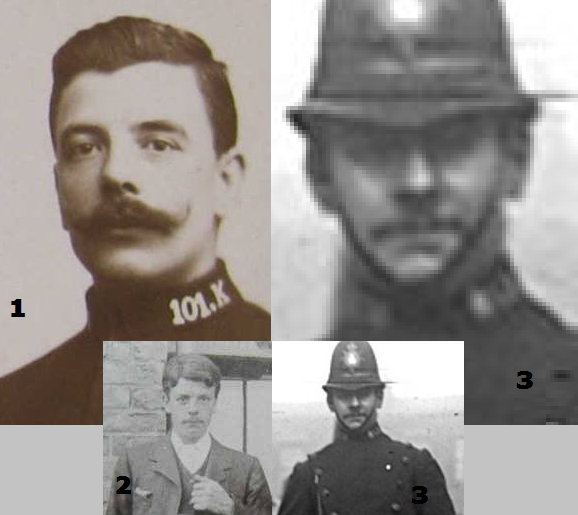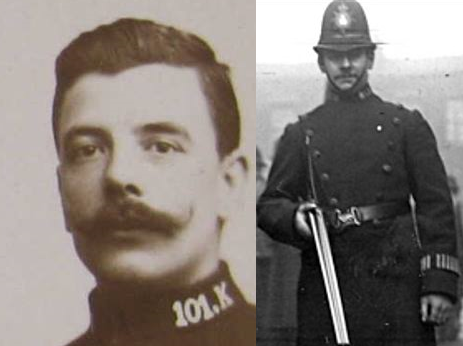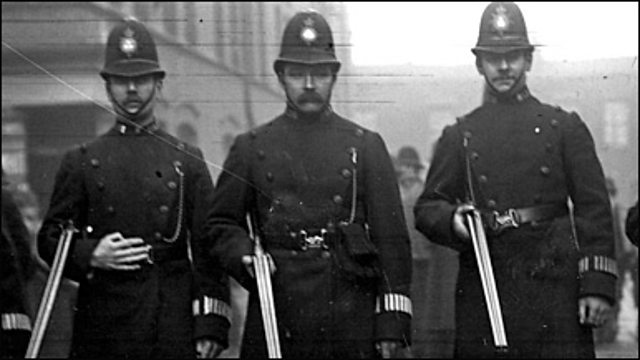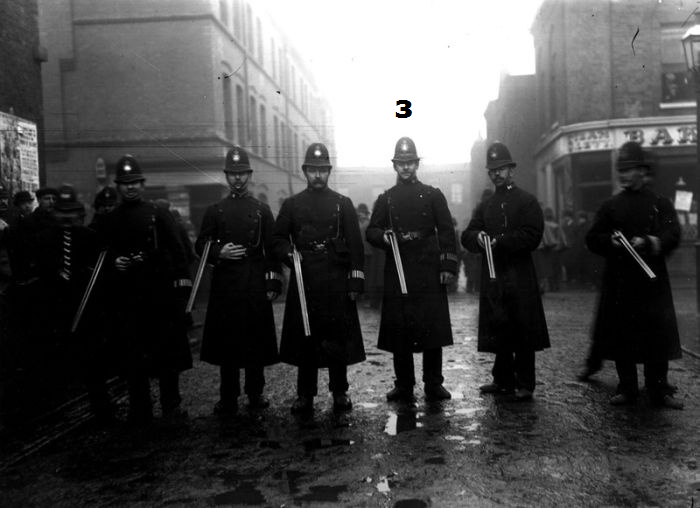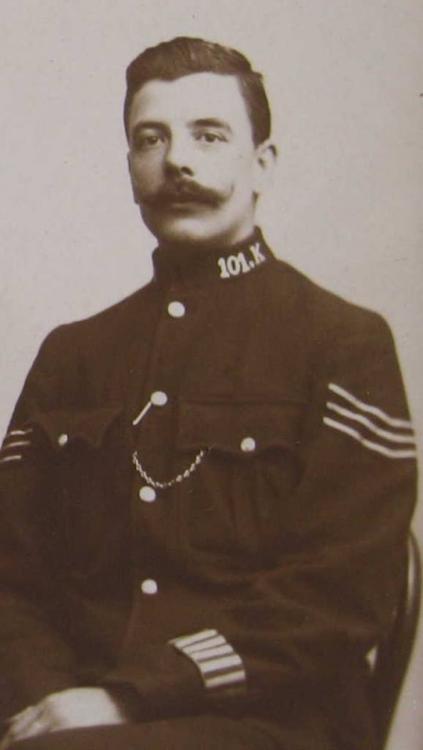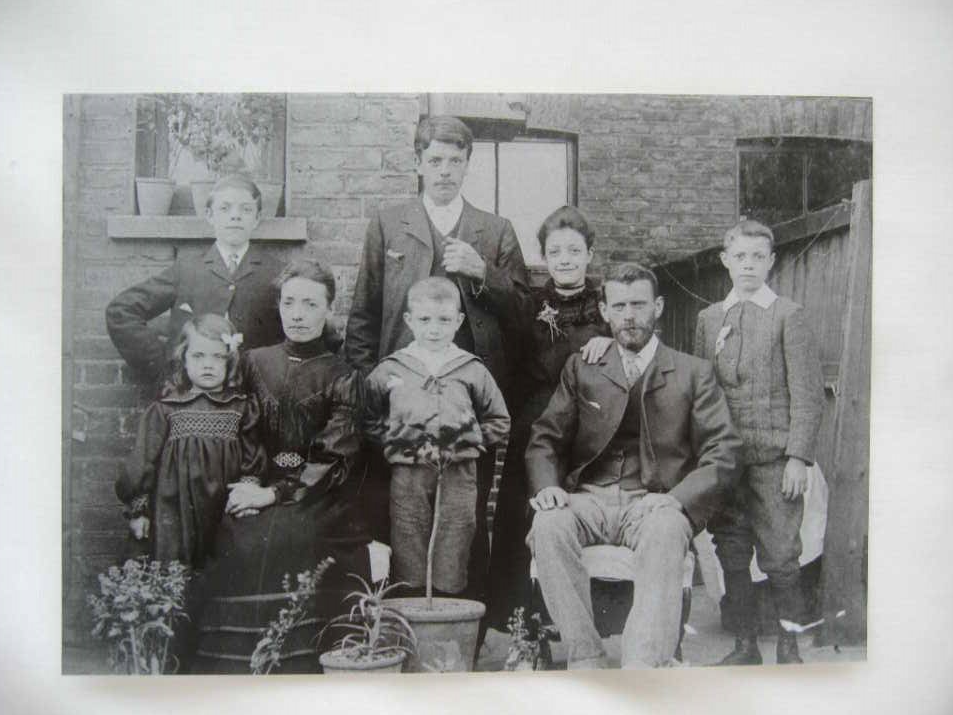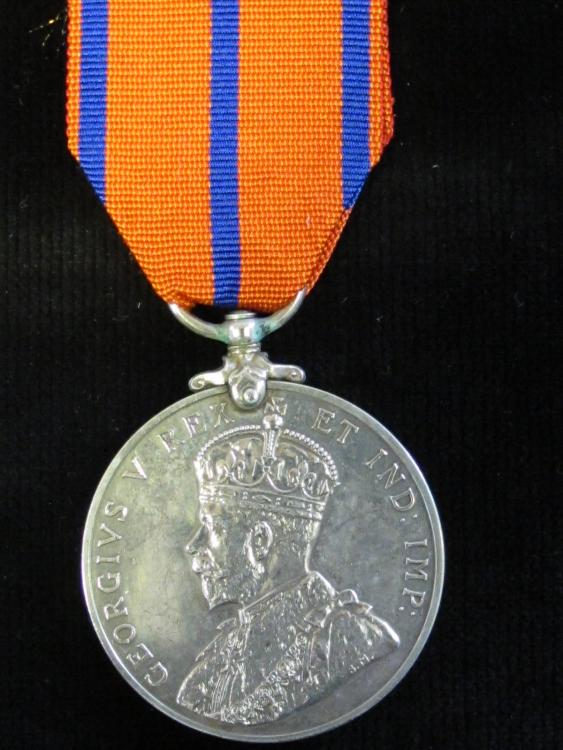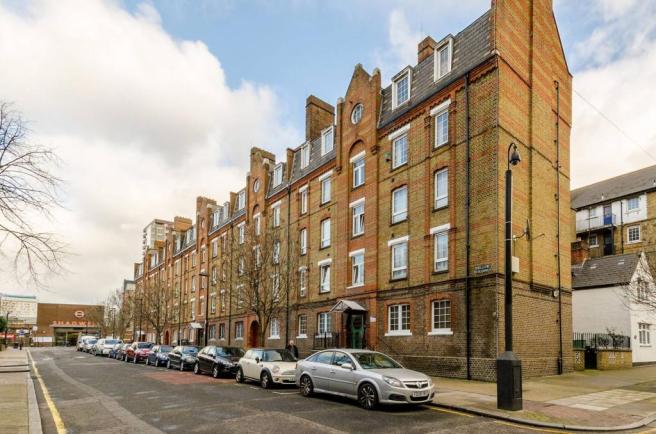-
Posts
3,518 -
Joined
-
Last visited
-
Days Won
27
Content Type
Profiles
Forums
Blogs
Gallery
Events
Store
Everything posted by bigjarofwasps
-
Found this which I thought might be of interest..................... With the start of the Malayan Emergency in 1948 there was an immediate need for European owned and managed Rubber and Palm Oil Estates and Tin Mines to be protected by armed guards. To meet this demand the rank of Special Police Constable was created with recruits coming mainly from the indigenous Malay population.Few if any of these recruits had military training and as the regular Police Force had neither the time or personnel to provide training and leadership a new rank of European Police Sergeant was established,prior to this the lowest European rank was Cadet Asst.Superintendent of Police.Initially these Sergeants were ex British Army N.C.O.s and some serving N.C.O.s who were given special permission to transfer by the British Army in Malaya plus ex members of the Palestine Police Force,the total number of these Sergeants never,I believe, exceeded approx.500 and were recruited between the start of the Emergency in June 1948 until the end of 1949 when the rank was replaced by that of Police Lieutenant. . Initially their main task was to train the Special Constables in small Arms use,supervise the building of fortifications,lines of fire etc and general administration of SC detachments guarding Estates and to provide leadership for the newly forming Jungle Squads. On large Estates a Sergeant might be permanently stationed there but it was more normal for the Sergeant to be in charge of the defences of a number,responsible for the day to day adminstration and ongoing training of the Special Constable garrisons.Wherever he was based he usually had a small force of Special Constables with him for base defence,escort and rapid response duties. By late 1949 there was general discontent amongst the Sergeants,low pay,poor conditions and a high mortality rate (14 were killed in action during 1948/49) were having their effect on recruiting so it was decided to scrap the rank of European Sergeant and to replace it with the unique rank,for the Malayan Police,of Police Lieutenant, with improved pay and conditions. The strength of this new rank was to be about 650 and of the European Sergeants already serving some 240 opted to accept the new rank,the rest left as their contracts expired. A recruiting drive was now started through the British Army and British Newspapers but it was not altogether succesful in bringing numbers up to strength and,subsequently,some recruiting was done in Australia. However numbers did increase enough to allow for the establishment of offensive Jungle Squads operating in Police Districts which eventually amalgamated into the Police Field Force which operated throughout the country. The Briggs Plan (the resettlement of urban and rural Chinese into fortified villages) was,by 1953,having a severe effect on the Communist Terrorists and they were finding it extremely difficult to obtain food and intelligence, thus their ability to operate in the rural/urban areas was becoming impossible. From this time on the number of serving Police Lieutenants gradually decreased as the need for their services and the strength of the Special Constables was run down. During this period (1948-53) the the total number of Police(all ranks) KIA was 1252* of which 56 were European Sgts.and Police Lts.Decorations awarded to these two ranks were George Medal 5,Colonial Police Medal for Gallantry 4. In addition the various Malay States made their own awards but I have no record for these.These two ranks were recruited specifically for the Malayan Emergency on three year contracts with a small gratuity upon contract completion. They were not members of the Colonial Police Service and thus they and their dependants did not qualify for pensions of any sort, efforts were made to get the British Colonial Office to agree to grant disability and widows pensions but without success*. The high mortality rate amongst these two ranks during this period (1948-59)can be attributed to a number of factors,ignoring the Communist opposition.Firstly,the Crown Agents in London made very little effort to select people with the right qualifications i.e.combat,infantry,weapons or Far East experience.Secondly,the Malayan Police offered no introductory course on anything and it was not unusual for a new arrival to find himself leading a squad of men he couldn't talk to,armed with weapons he wasn't familiar with and operating in terrain he did not understand. Finally,although most of these Officers were stationed in rural areas where roads were few and left little choice in which route to take for day to day duties,the usual transport supplied was Landrover, Austin A40 or Chevrolet troop carrier;all soft skinned vehicles quite unable to withstand a road ambush which,at this time, accounted for many of the casualties incurred.From 1951 onwards Armoured Personnel Carriers started arriving in ever increasing numbers with a resulting drop in succesful road ambushes. Police Lts.continued to serve,in diminishing numbers,until the early '60s.The last P/Lt. to be killed in action was E.F.Southey in Selangor in December 1957,bringing the total of European Sgts.and Police Lieutenants killed in action since 1948 to sixtysix with a further twentytwo dying from wounds,disease and accidents, no figures are available for those who were wounded and discharged.
-
I was just surfing the net trying to find out more about this very subject when I found this thread (don't know why I didn't check GMIF first, rookie mistake there!!). Now I see it's a few years old, but thought I might try and resurrect it anyway......... My question is thus, (see below table), which states that 52 police were deployed when the Burma force deployed on the third Burma campaign (1885). I believe that the Burma police per say didn't come into existence until 1886, but these men deployed in 1885. To that end would these men have all been native troops or were there any Europeans in there ranks, like the later Malaya Police?
-
You'll get no argument from me with regards to reducing the time served or bars, both of which in my humble opinion are well justified. Going back the wrongfully awarding, again I agree HR are entirely to blame. The Royal Mint only supplies what they are requested to. One should also consider the song and dance they made about the awarding criteria for two recent Jubilee medals. Just to throw something else into the mix, I believe they should start awarding LSGC's with the new effigy to distinguish which part of the reign, the recipient served. Going back to the bars, it will be interesting to see if more officers do 40+ years or whether less do 20, as I believe we'll see less of people doing the job for life and now it's just a few years to put onto your CV, like the armed forces has become?
-

New Five Pound Note
bigjarofwasps replied to bigjarofwasps's topic in Coins & Commemorative Medallions
That's concerning, I was lead to believe that they couldn't be ripped? Clearly I've been misinformed!!!!!! -
It does indeed, my opinion is most if not all the Nazi gold was recovered by the American's and placed into the Black Eagle Fund and was then used for fund the war against Communism over the next couple of decades..................
-
................and the sage continues http://www.mirror.co.uk/news/world-news/adolf-hitlers-missing-gold-hoard-9352023
-

New Five Pound Note
bigjarofwasps replied to bigjarofwasps's topic in Coins & Commemorative Medallions
Duly noted, (re them sticking together, not Alex), will have to bear that in mind. Not that I ever have more than one in my wallet at a time anyway lol. -
-
I recently picked up a 1911 Coronation Medal engraved PC W PRICE. I was delighted by what I discovered, so I thought I'd share it on the forum................ William PRICE Born 01/08/1884 Highgate London Bricklayer before he joined the Met (employed by an A Chapman of Noel Park Estate, Wood Green). Joined 19/02/1906 as a PC in H Div (Warrant No 92896), Height 5' 10 1/2" Weight 11 st 2lbs Complextion dark Eyes brown Hair dark brown Single man when joined. His address then being 38 Eleanor Road Bowes Park. William & Martha Jane nee Gibbons, married on the 20/11/06, at Ferme Park Baptist chapel, Hornsey. Awarded the 1911 Coronation Medal. Remained at H Division until the 04/04/1914 when he was posted to K Division. The Sidney Street Siege, took place during William's service in H Division, around 200 officers from the Met & City police involved. Given his address at the time it is highly likely that he took some sort of part in the events. He was promoted to Station Sergt in 1923 served there as both a PS and SPS in K Div. 21/09/1923 92896 William PRICE from PS101K To SPS. Posted to J Division as Insp on the 26/02/1926 Pensioned 16/03/1931 as an Insp in J Div Recalled as reserve officer 31/08/1939 and joined K Div (Bow) which is next to his old J Div – he was living in Dagenham in 1939. 81 Oval Road South Dagenham (with Martha). He resigned as Insp in K Div on the 31/07/1942 - his police service was one month short of the three years for a Defence Medal On the 1911 census he is listed as living at 37 Dellow Buildings Dellow Street, Shadwell, with his wife Martha Jayne (26) and two sons William George (3) born Whitechapel and Alfred Frederick (1) born Stepney. Another son, Stanley was born 1912. Martha died in Norfolk 1962. William died at 3 Kirkley Park Road, Lowestoft, on the 10th July 1963. Photo one Sgt PRICE Photo two the PRICE family at 38 Eleanor Road Photo three his medal Photo four Dellow Buildings, Dellow Street, Shadwell.



